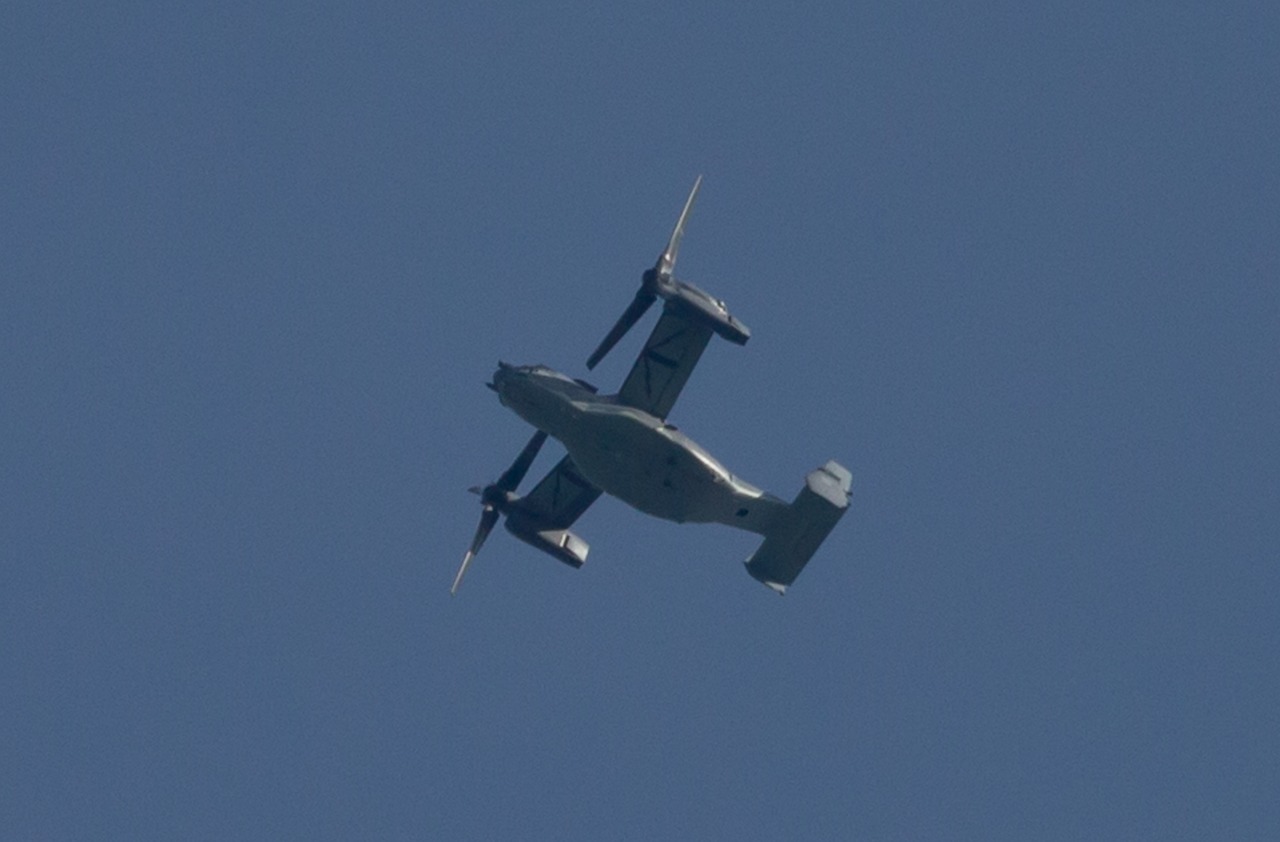This post is also available in:
 עברית (Hebrew)
עברית (Hebrew)
BAE Systems has unveiled its latest autonomous collaborative platform (ACP) at the World Defense Show, designed to operate alongside future and current-generation combat aircraft.
According to Interesting Engineering, an ACP is a cost-effective, expendable unmanned system that is designed for teamwork in military operations, enhancing capabilities while minimizing risk to human life. This latest design includes a new wing shape and low-observable features, which were made considering new wing assembly and production approaches, using electrical instead of hydraulic actuation systems.
Steve Reeves, head of business development and strategy for platforms in BAE Systems’ FalconWorks unit, explains that the aircraft design was altered to improve its characteristics through digital engineering work. He adds that this “Concept 2” platform is envisioned to perform diverse missions, including intelligence, surveillance, reconnaissance, electronic warfare, and carrying air-to-ground and air-to-air weapons.
BAE has funded the development of uncrewed and autonomous air system demonstrators for nearly 30 years, though there are already initiatives in Europe, India, South Korea, and the US that are competing with this platform.
Furthermore, platforms like “Concept 2” cost about a tenth of the price of manned fighters, although the price is expected to increase once sensors and weapons are added.
When it comes to lifespan, Reeves claims unmanned fighter planes have a shorter lifespan of just a few hundred hours than crewed fighter planes, which can last thousands of hours. Furthermore, electrical actuators are more suitable for unmanned fighter planes because they can spend most of their life in a storage container.
“We are keeping things as simple as they possibly can be, but as we as we look to the future, then we’re only limited by our imagination and customers, designers, producers,” concludes Reeves.


























